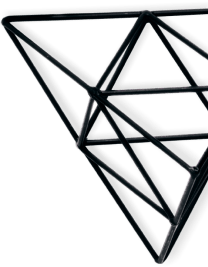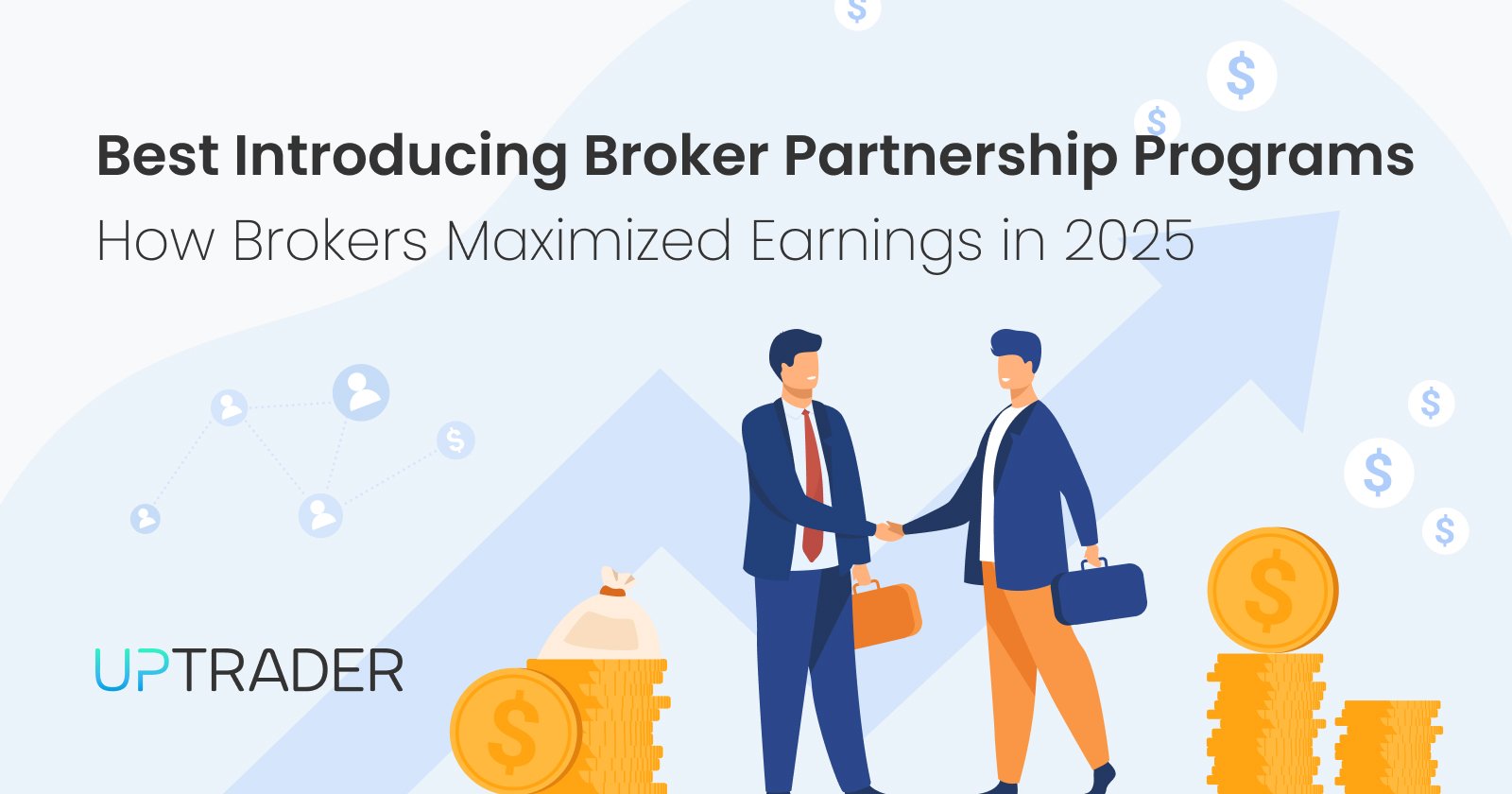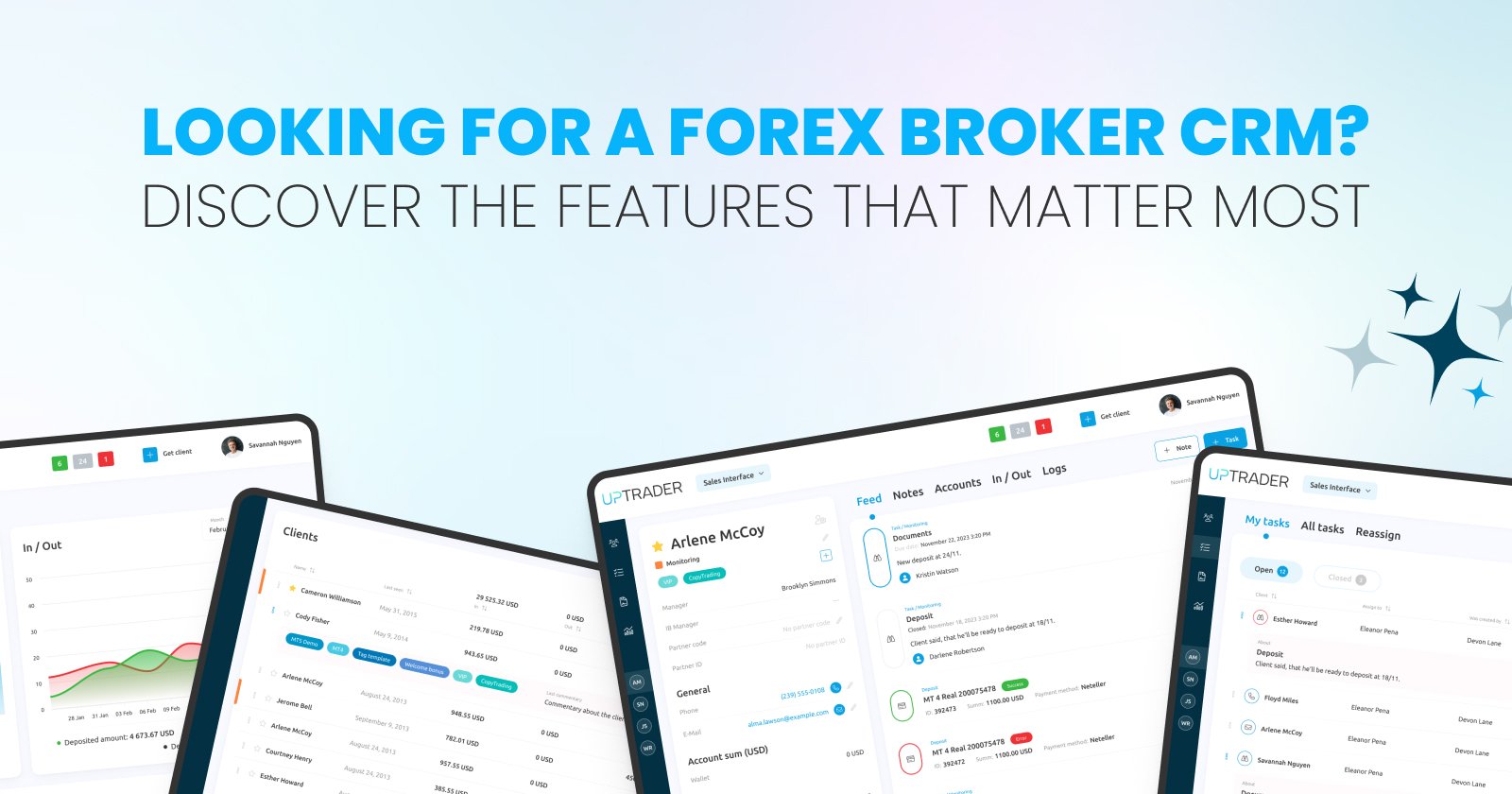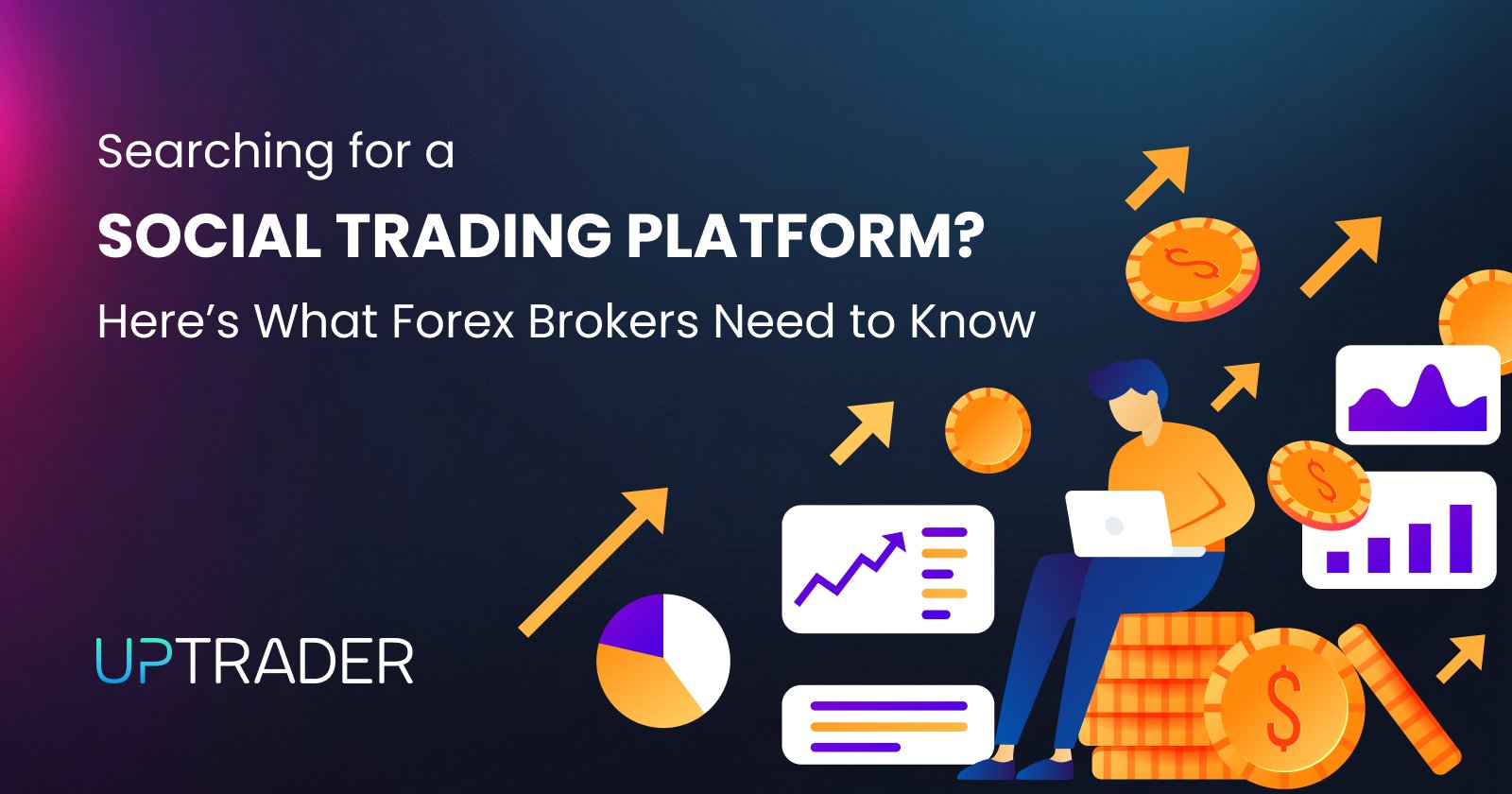Multi-Account Manager Software: From Manual Trades to Automation
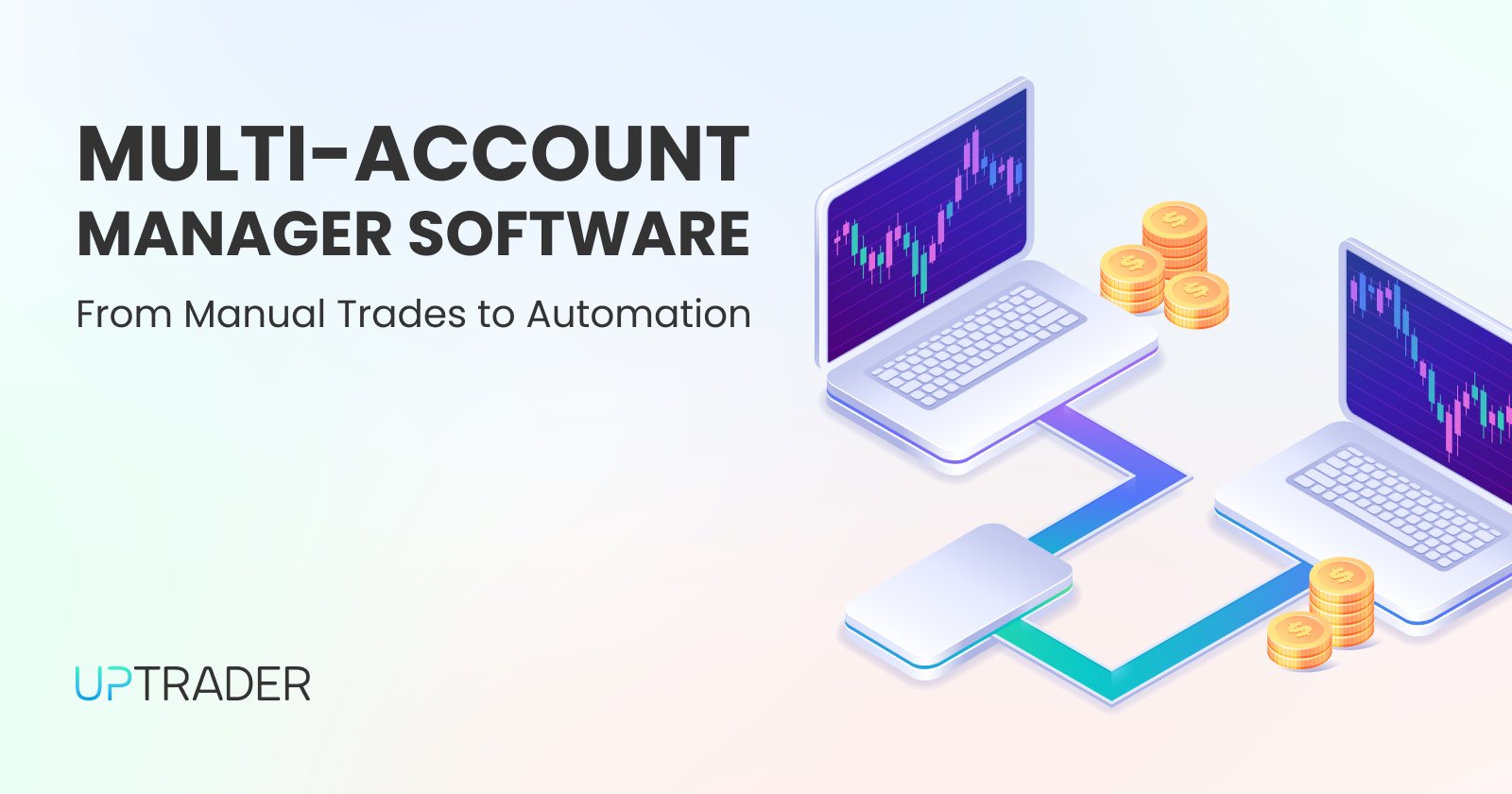
Share this publication:
Not long ago, managing several forex trading accounts was an exhausting process. Some traders, particularly brokers and money managers, were forced to execute trades on multiple client accounts manually. This system was exceedingly tedious and wore individuals down both mentally and physically. Today, things have improved dramatically from the way they used to be. Now, with MAM software or Multi-Account Manager software, the foreign exchange market has significantly improved from disorder to organized, systematic coordination.
However, what exactly is multi-account manager software? Why is it such a powerful asset in a professional trader’s or broker’s toolkit? Let's take a look at its history from complicated manual systems to today’s automated systems that handle countless portfolios across various markets.
What is Multi-Account Manager Software?
As the name suggests, multi-account manager software allows traders to control numerous trading accounts using one interface. A manager no longer has to log into every client’s account individually; instead, he or she can execute trades in bulk according to predefined allocation rules spread over multiple accounts
This is not just a convenience — it’s a game-changer. One hundred accounts executing a single trade simultaneously, instantaneously, with allocation determined by account size or risk profile. That’s MAM software for you.
It is especially beneficial for asset managers, trading desks, and forex brokers who work with multiple funds from different investors. Each client retains ownership of their account, but the manager trades on their behalf.
From Manual to Modern: A Quick History
Before tools like MAM came along, money managers operated in a much more fragmented world. They’d maintain spreadsheets with client positions, try to mirror trades across platforms, and keep notes scribbled down about entry and exit levels. Aside from being very inefficient, this method raised the likelihood of slippage, human mistakes, and inconsistency in trade execution.
In the early 2000s, trade-copying systems started popping up. These platforms were a step forward, but they weren’t robust enough for professional money management. These systems didn’t have real-time synchronization, risk-adjusted allocation, or flexible lot sizing, among other things. This opened the door for more advanced answers, which in turn made MAM software widely adopted for these functionalities.
How Does MAM Software Work?
The core idea is this: a master account is linked to several sub-accounts. When a trade is placed on the master account, it is automatically replicated to all the connected accounts.
There are a few methods by which the trade allocations happen:
- Lot-based allocation: Trades are divided based on a fixed lot size assigned to each sub-account.
- Equity-based allocation: The trade size is adjusted depending on the equity of each client account.
- Percentage allocation: Trades are split based on a defined percentage share of the total.
- Risk-percentage allocation: Trade risk is customized per client, allowing highly personalized exposure management.
The distinguishing factor that sets MAM software apart from basic copy trading systems is its flexibility. It is designed for specialists whose processes require rapid workflows in high-stakes environments, yet offer granular control over every step of execution.
Who Uses Multi-Account Manager Software?
Anyone can use MAM software, but it is most common among:
- Professional Money Managers: Those who manage assets for several clients and need to control allocation with great precision.
- Introducing Brokers (IBs): Brokers who gather clients under a shared umbrella often use MAM tools to streamline trading operations.
- Fund Managers: Especially in the forex space, where fast decision-making is critical.
- Proprietary Trading Firms: These companies trade their own capital but may manage multiple internal strategies or portfolios.
- Signal Providers: Advanced signal providers who want tighter synchronization and allocation flexibility across their followers’ accounts.
The Real-World Benefits
Let’s be honest — software is only as good as the problems it solves. MAM software, thankfully, tackles several long-standing pain points in the trading world:
- Efficiency: One trade, one click, hundreds of executions. This isn’t just a cool feature — it’s vital for markets that move in milliseconds.
- Accuracy: Eliminating manual input increases accuracy by reducing errors related to execution or slippage on managed trades and positions.
- Scalability: Whether you're managing five accounts or five hundred, increase your scale while maintaining full command over your business operations.
- Customization: No single approach applies because the exclusive ability to allocate trades differently based on clients’ portfolio sizes or risk profiles ensures tailored solutions.
- Transparency: A majority of MAM platforms provide comprehensive reporting and visibility for both the manager and the clients, which enhances trust as well as accountability.
Automation: The Inevitable Evolution
As trading grew more sophisticated, the need for automation became impossible to ignore. Manual trading, even within MAM systems, started to seem like a limitation rather than a benefit.
Enter the new wave: automated MAM software. These platforms are capable of integrating with algorithmic trading systems, permitting managers to execute EAs (Expert Advisors), bots, or other custom scripts. Trades can be performed automatically based on particular signals, data feeds, or market conditions without any human interaction. This presents tremendous opportunities. For example:
- Automate the scaling of stop-loss and take-profit orders for all sub-accounts.
- Set risk trigger limits that apply exclusively to pre-determined clients who possess a greater risk appetite.
- Merge with CRM applications to update client records, trade permissions, and other relevant details in real time, including their preferences.
Automation in the already sophisticated MAM architecture acts as a force multiplier and greatly enhances efficiency with such precision capabilities.
Security and Regulation
As it is commonly said, 'with great power comes great responsibility,' this certainly holds here too. In addition to technical adeptness is managing multiple client accounts entails social and political legal responsibilities as well as ethics-bound commitments.
Brokers under regulation offering MAM solutions tend to safeguard that:
- “Every Client's account will always be an individually named account controlled by them”.
- Accounts are managed independently regarding visibility, withdrawals, and deposits.
The MAM manager cannot abuse or misappropriate funds beyond trading limits. Managers ought to work within defined constraints — often regulated by investment management licensing treaties or broker partnership agreements — but do retain some flexibility over these matters.
Choosing the Right MAM Software
Finding the Right MAM Software Meticulously examining MAM software requires consideration of many factors, which include:
- Broker Compatibility: Some platforms are specific to certain brokers, while others work more universally with Trading Platform 4/5, and cTrader.
- Allocation Flexibility: Does your offered system support several methods of allocation?
- Speed & Stability: Execution speed should be efficient, particularly during times of high volume trading.
- Automation Features: The capability to automate trades offers distinct advantages.
- Reporting Tools: You and your clients require access to key performance indicators.
- Support & Updates: Prompt responses from technical support and their system updates' change frequency are vital when actual funds are on the line.
Human Touch in an Automated World
Automated processes may be best for the future of business operations. However, humans are also critical components in any setup. Clients seek reassurance that there is a real person who grasps market dynamics aside from algorithms and artificial intelligence…
Human instinct is complemented, not replaced, by MAM software, allowing experts to concentrate on planning instead of multitasking on every detail. The ideal systems combine both types of automation.
Final Thoughts
The evolution from manual trading to automated multi-account management marks one of the most significant shifts in the forex and CFD industries. Multi-account manager software has gone from being a luxury to a necessity for anyone managing client capital at scale.
It brings efficiency, reduces risk, and opens the door to levels of customization and automation that were once unimaginable. Whether you're a seasoned fund manager or an introducing broker just stepping into asset management, the right MAM software can supercharge your operations.
That said, success doesn’t come from the software alone. It’s how you use it, who you partner with, and how transparent you are with your clients. The best managers know that trust, consistency, and performance go hand in hand.
So, as the trading world continues its march toward automation, the question is: are you evolving with it?
Because if not, someone else — with a faster, smarter, and more scalable setup — probably is.
If you want to try UpTrader Invest with amazing functionalities such as PAMM, MAM, Money Management, and much more, then talk to a consultant on our site today to help you set up your software to your needs!




